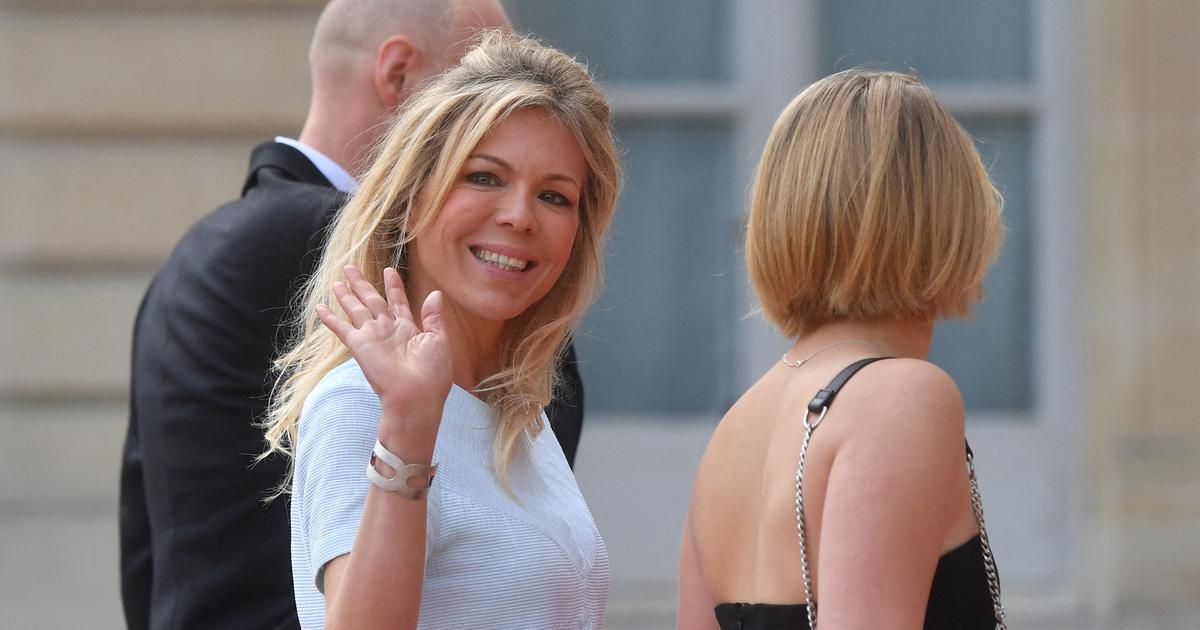This study contradicts the pessimists.
Humanity would inspire more confidence and sympathy today than a few centuries ago.
In short, she would be more smiling.
To reach this conclusion, researchers in cognitive sciences from the CNRS, ENS-PL, Inserm and Sciences Po designed a face analysis algorithm that they applied to 1962 portraits.
Works produced between 1506 and 2016, all kept at the National Portrait Gallery in London.
The result appeared today, September 22, in the journal
Nature Communications.
Would you say that Elizabeth II inspires sympathy?
Does your first thought associate her name with the expression of a smile?
We bet not.
And yet.
If the greats of this world are not humorists, they would indeed have cheered up in recent centuries.
According to Lou Safra, professor and researcher at Sciences Po involved in the study
,
the evolution is obvious: “
in the history of the English monarchy, it suffices to compare the portraits of Elisabeth I and Elisabeth II to see it. .
The second is more cheerful than the first
”.
Thomas Cranmer by Gerlach Flicke, 1545-1546 / Sir Matthew Wood by Arthur William Devis, 1815-1816 National Portrait Gallery & Lou Safra et al., Nature Communications 2020
By having their portrait taken, personalities once wanted to transmit a certain image of themselves to future generations.
The team of scientists thus reveals that according to the times, the portraits should inspire fear or confidence.
The trend towards more trust in others over time.
A conclusion comparable to that of the analysis of 2,277 photographic self-portraits from social networks and retrieved from the
Selfiecity
database
.
How to explain the evolution of these social behaviors?
The researchers cross-checked the algorithmic analysis of the faces to the evolution of the Gross Domestic Product (GDP) in the countries concerned.
“
The advantage is that we have had this measure for a long time,”
explains Lou Safra.
The analysis, for example, found that “
an increase in the impression of trust and reliability in portraits was more strongly associated with the increase in GDP per capita than with institutional changes.
Such as the emergence of democratic institutions ”,
relates the press release.
The study is titled
When Painting Reveals Increased Social Confidence
.







